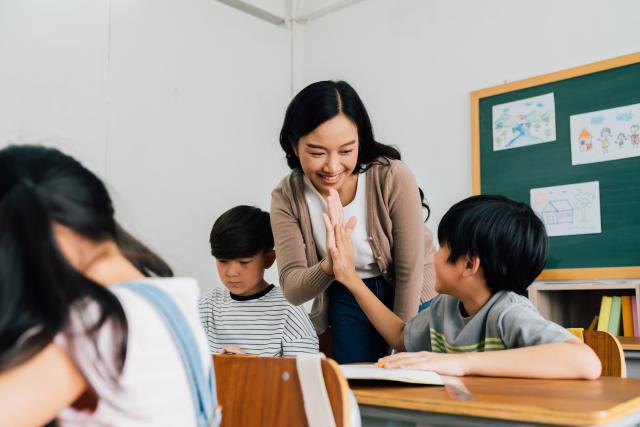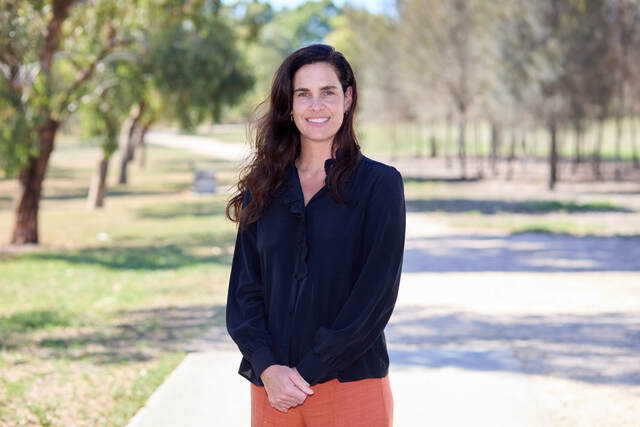A study by Associate Professors Penny Van Bergen and Naomi Sweller of Macquarie University and Professor Linda Graham of QUT shows that students’ memories of good teachers are remarkably consistent, and that strong teacher-student relationships can support positive interactions with future teachers.
The research team conducted a series of interviews with 96 students from grades three-10. They included students with and without a history of disruptive behaviour in mainstream schools, along with students in special “behaviour schools”.
What united the groups was a belief that their most positive relationships with teachers came when teachers were “kind, caring, helpful, or humorous”. For students with a history of disruptive behaviour, a kind or caring teacher could make the difference between engaging with their schoolwork and walking out of class.
All groups also shared the view that teachers who were hostile or unjust were harder to get along with. Alarmingly, students with a history of disruptive behaviour overwhelmingly remember negative relationships with teachers. For example, one third of students in the behaviour school group couldn’t remember a single positive relationship with a teacher.
Conflictual teacher-student relationships were not limited to disruptive students, however. Forty percent of students with no history of disruptive behaviour also remembered at least one negative relationship. Many of these students were “model” students: prefects, student reps, and school duxes. Students in all groups highlighted pre-emptive reprimands, when they were told off before doing something, as being particularly unfair.
The researchers do note that this is only one side of the story, and that teachers may have a different view. These results are still important though, since they show how consistent students’ perceptions of positive and negative relationships are. They also indicate the ways that poor teacher-student relationships can exacerbate classroom challenges.
“Using their memories of conflictual interactions, students may develop protective strategies: either shying away from that teacher or reacting with pre-emptive aggression,” the article says.
The study authors recommend that teachers complement other positive teaching behaviours, such as responsive instruction and individual guidance, with explicit warmth.
In the classroom, teachers could reflect on positive interactions with their students by sharing positive memories or identifying each other’s positive characteristics. Similar activities are used in positive psychological interventions to improve student wellbeing.
They also recommend professional learning to help teachers better manage the emotional pressures of classroom teaching.
School counsellors have a role, too, and can help students to reappraise their past relationships with teachers. This should help ensure that ambiguous teacher actions aren’t misinterpreted, and positive actions aren’t overlooked.







